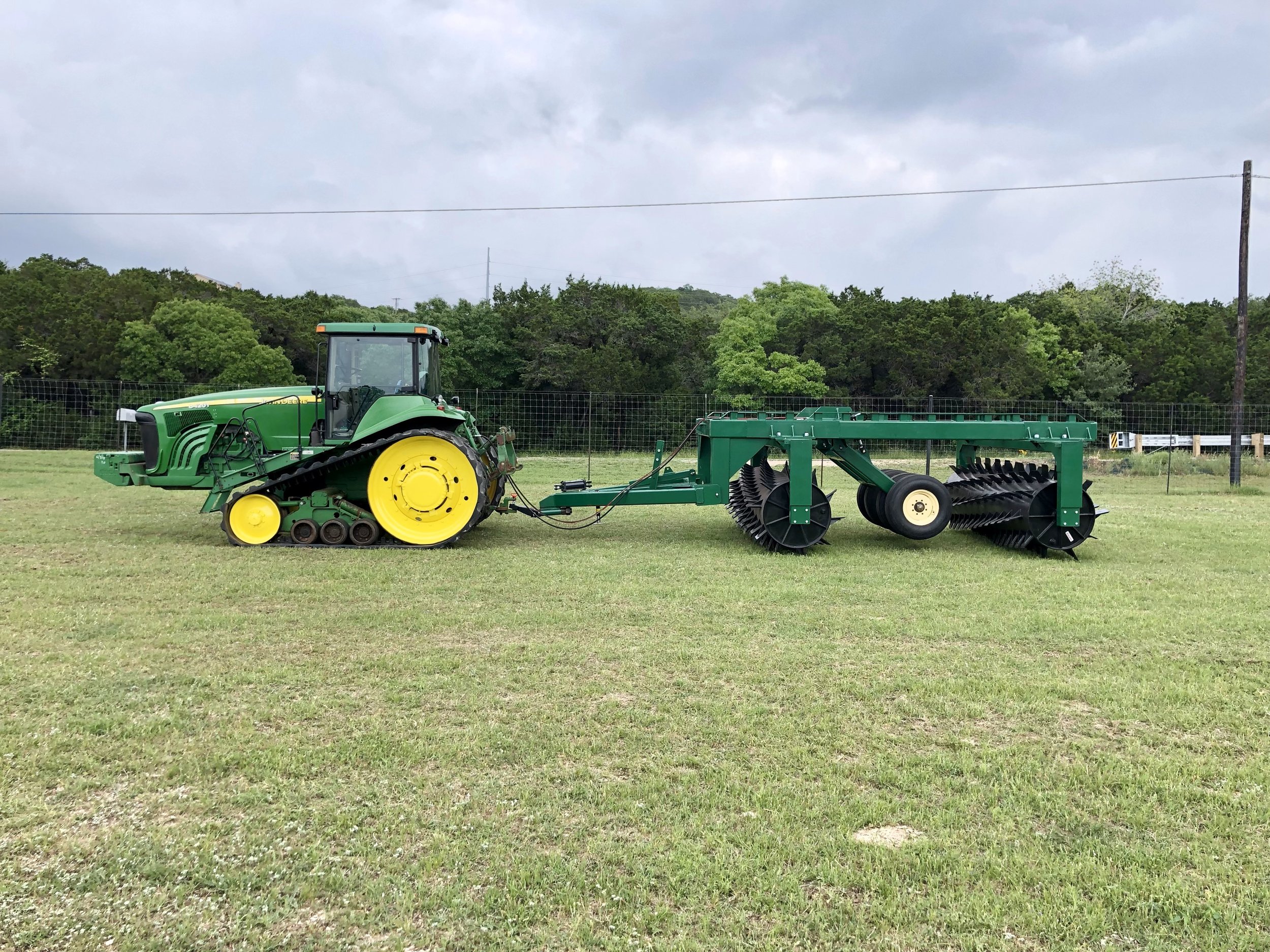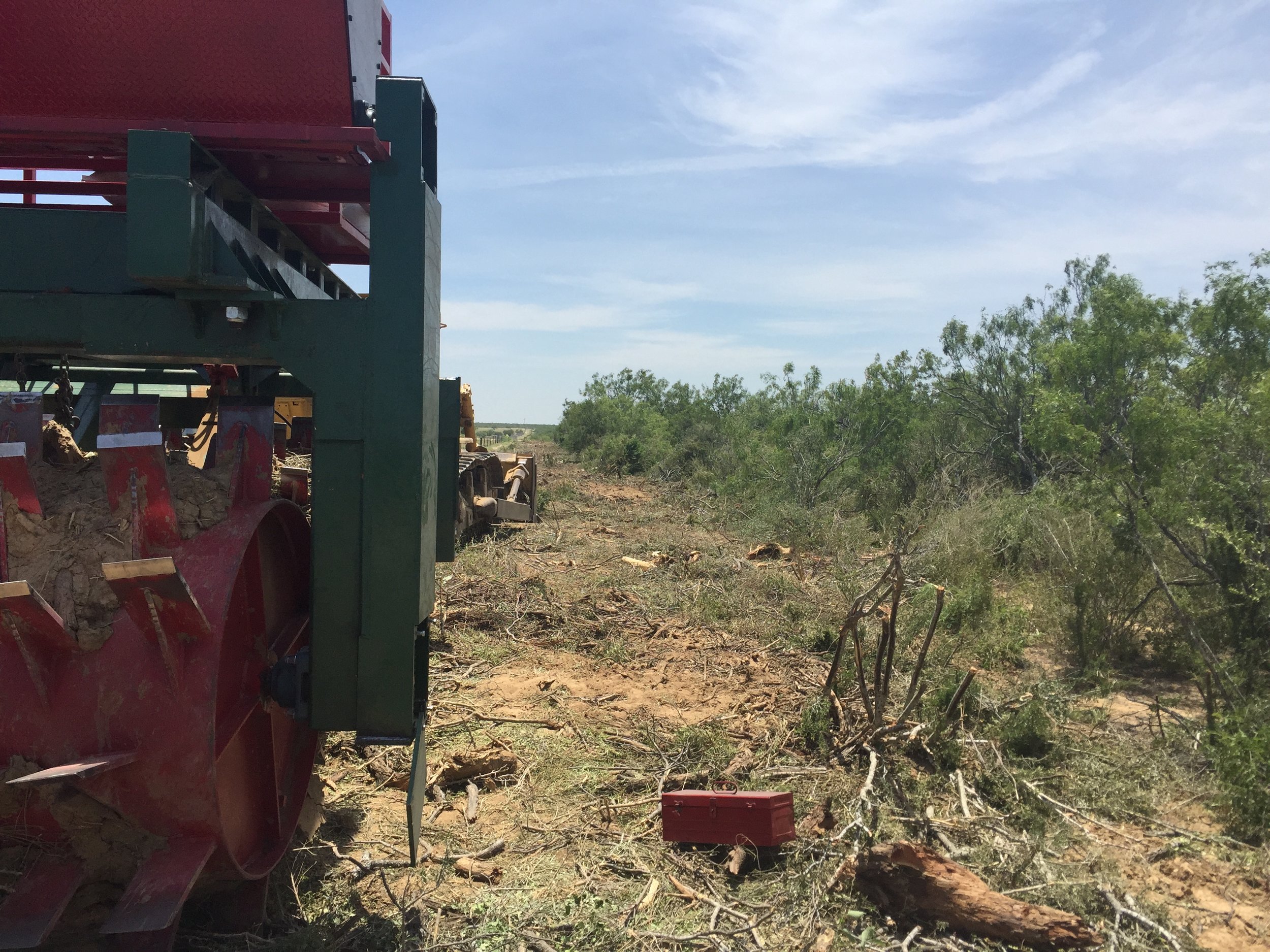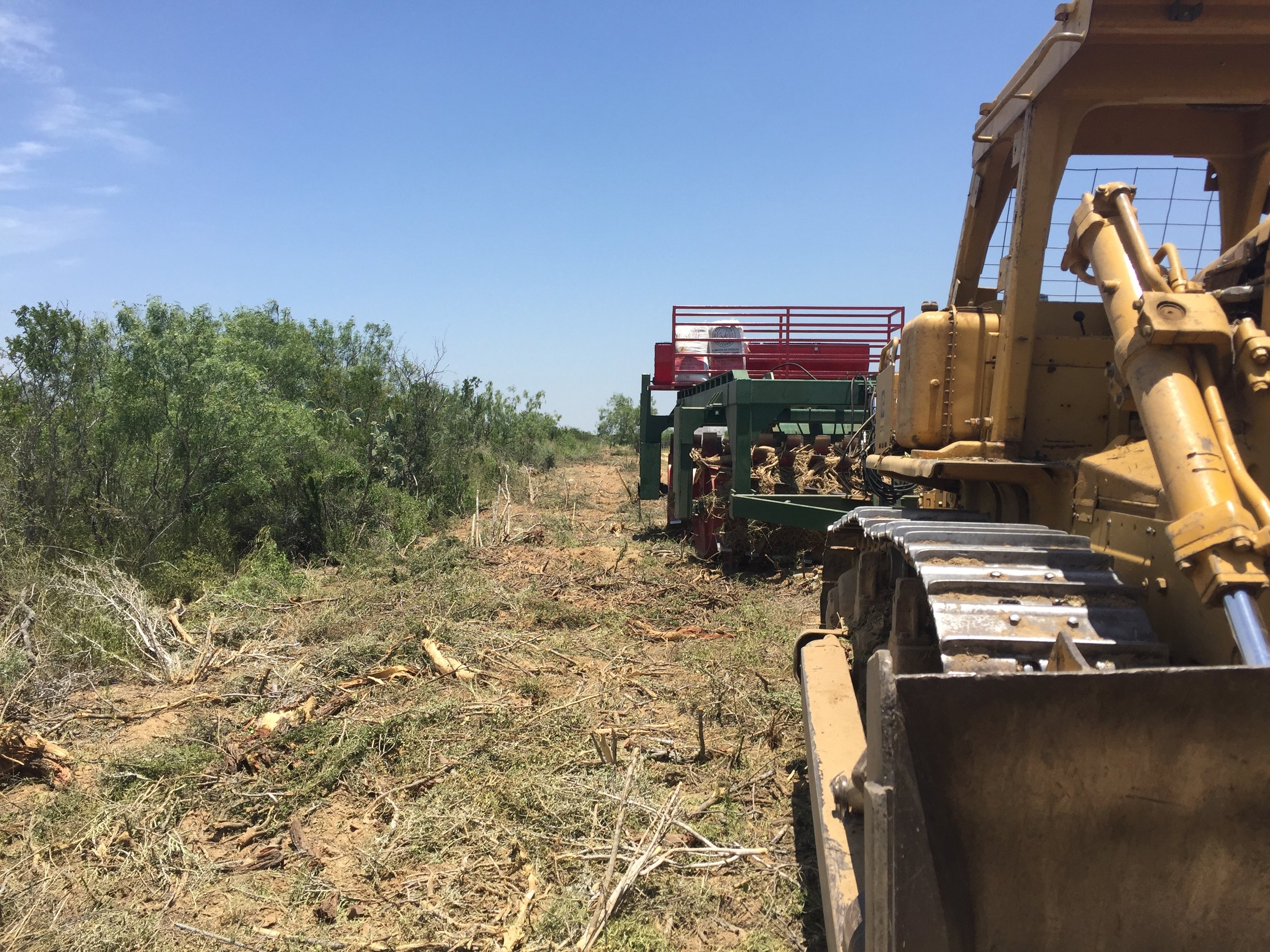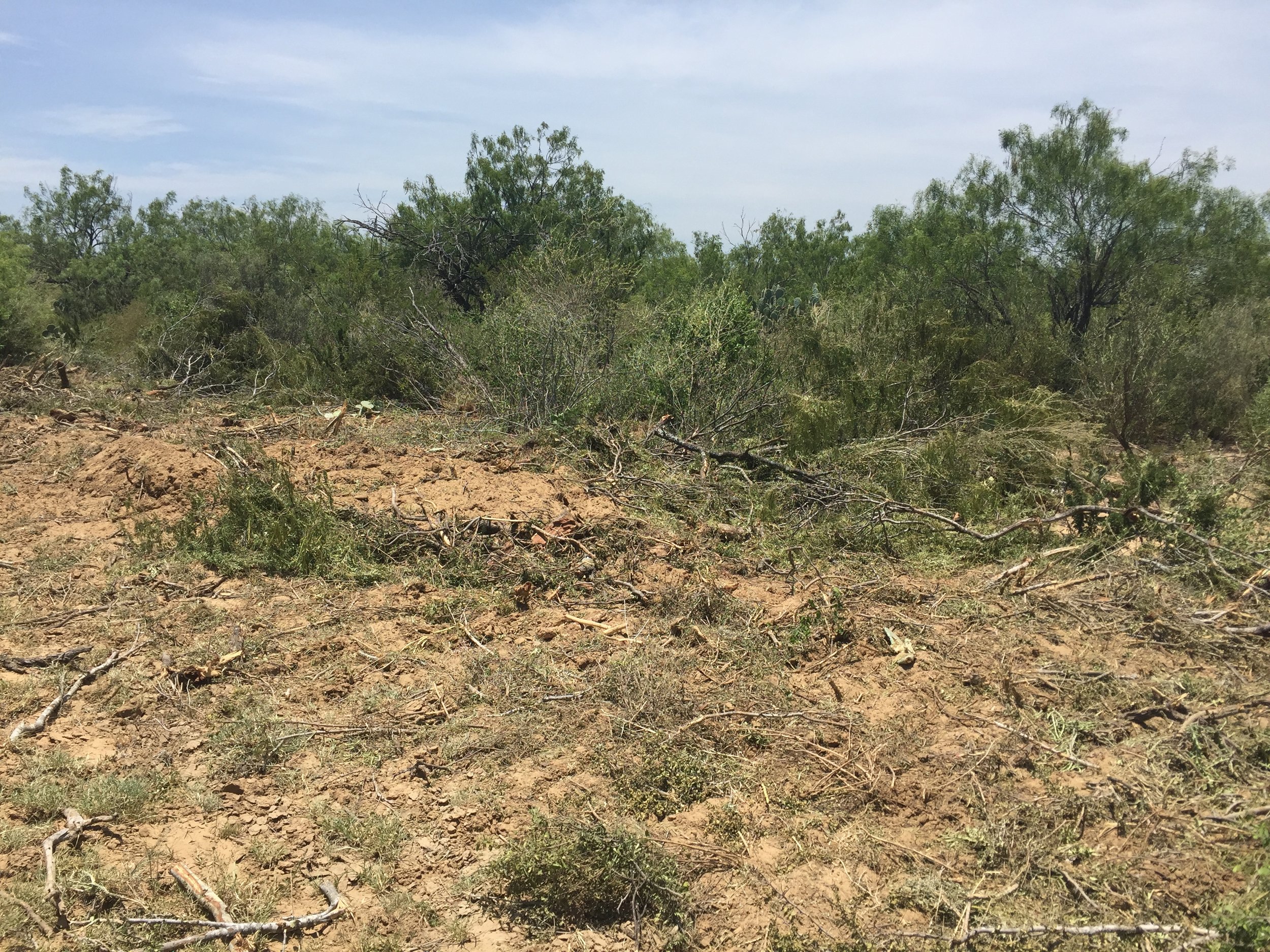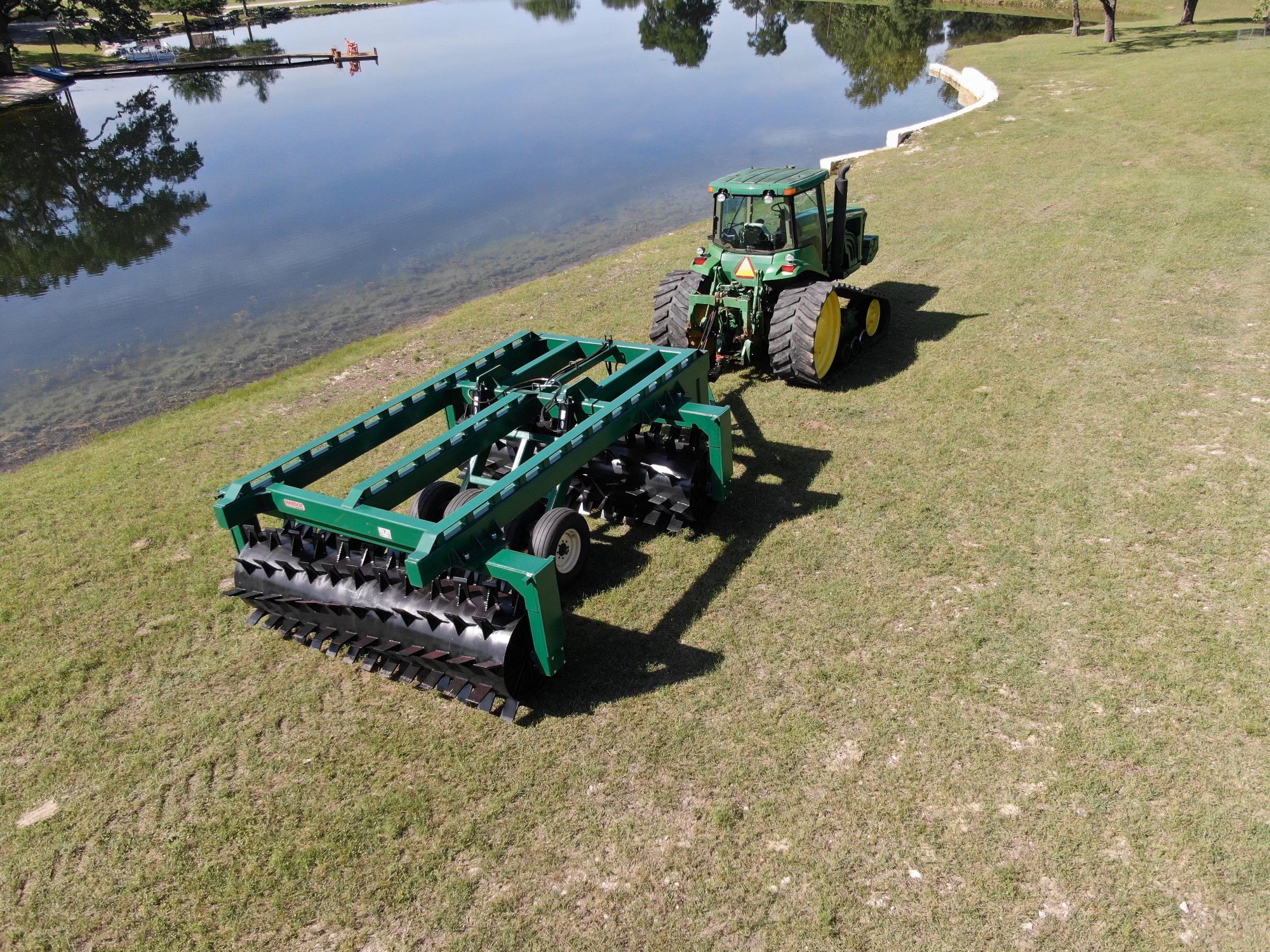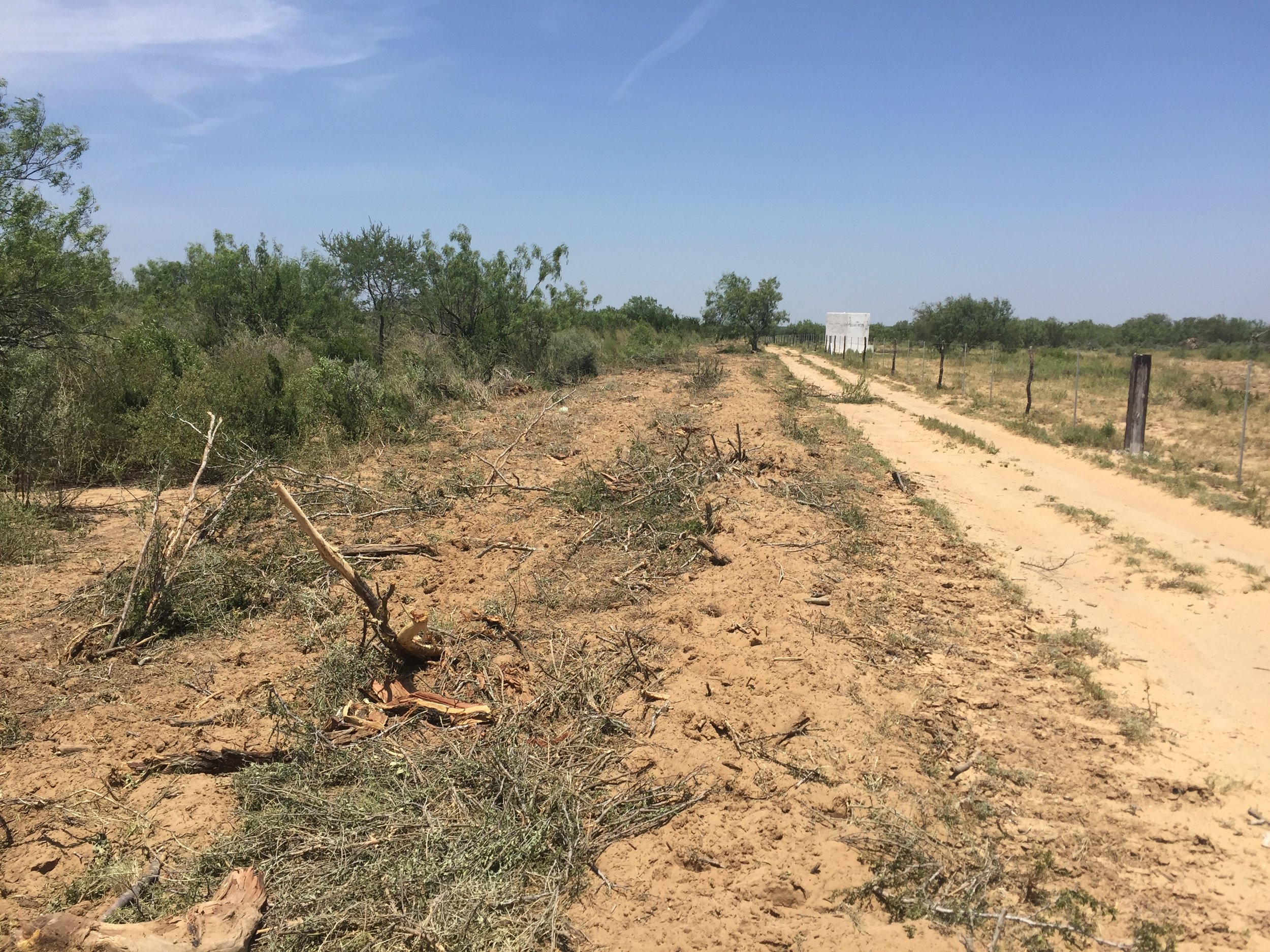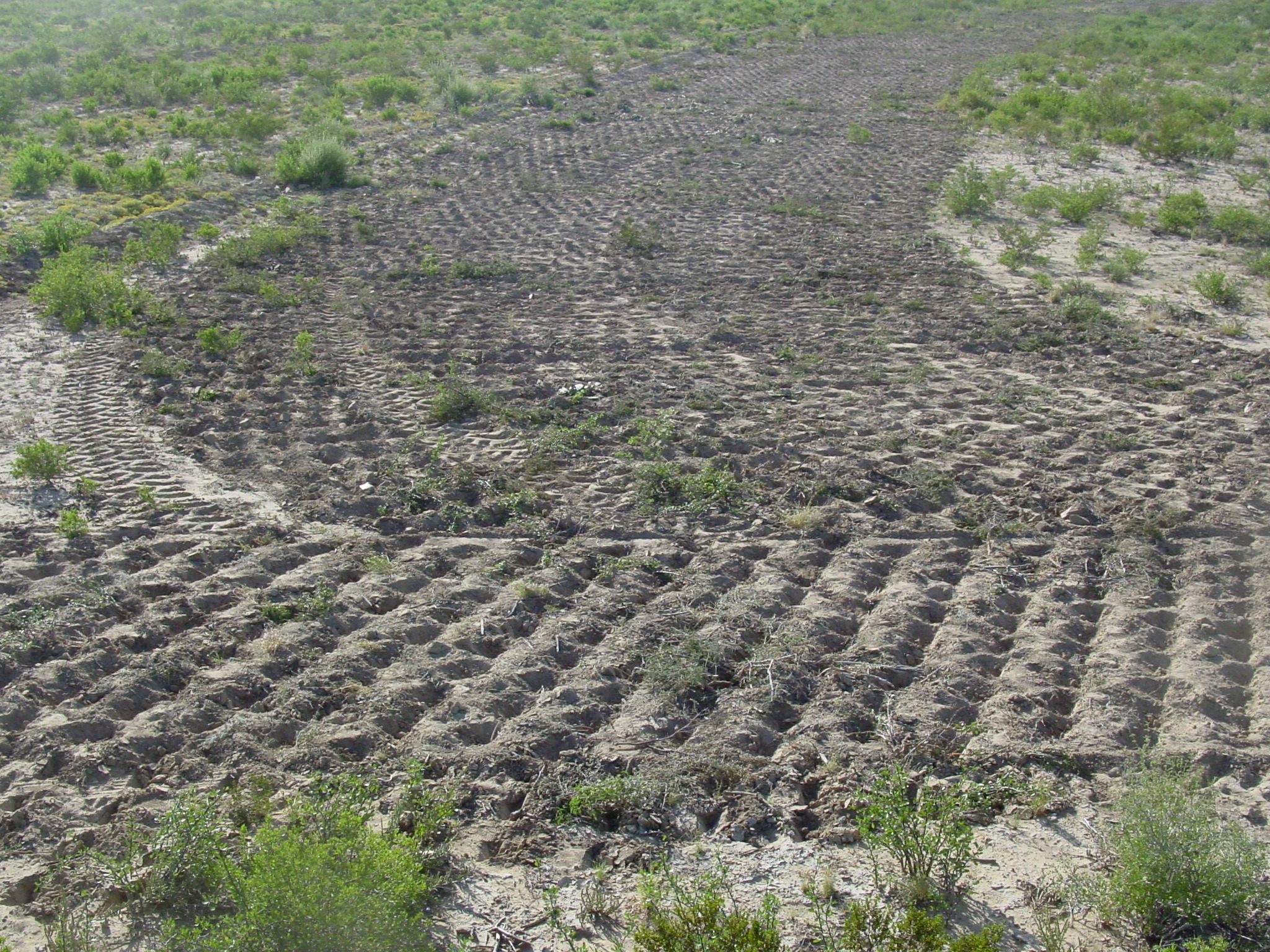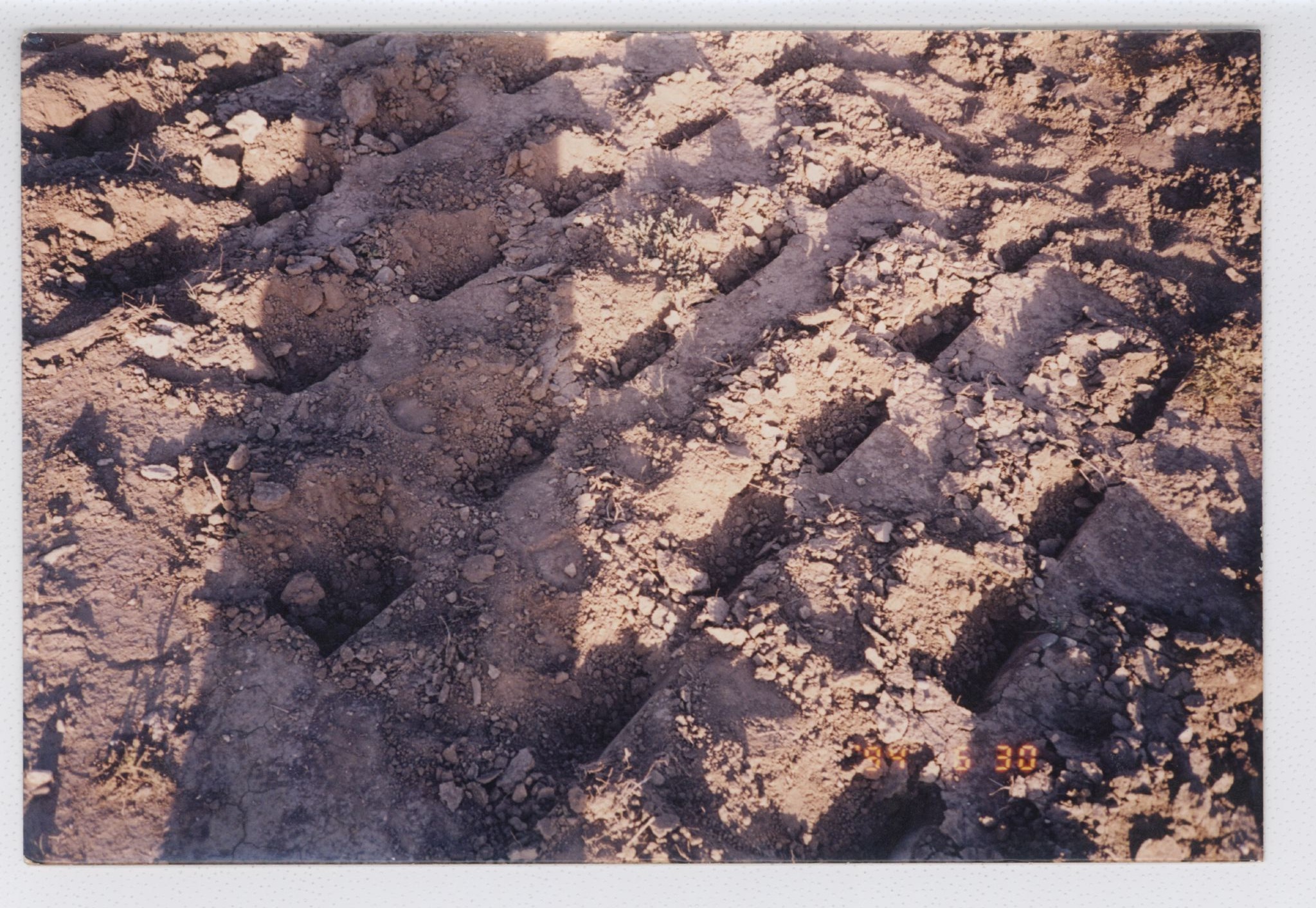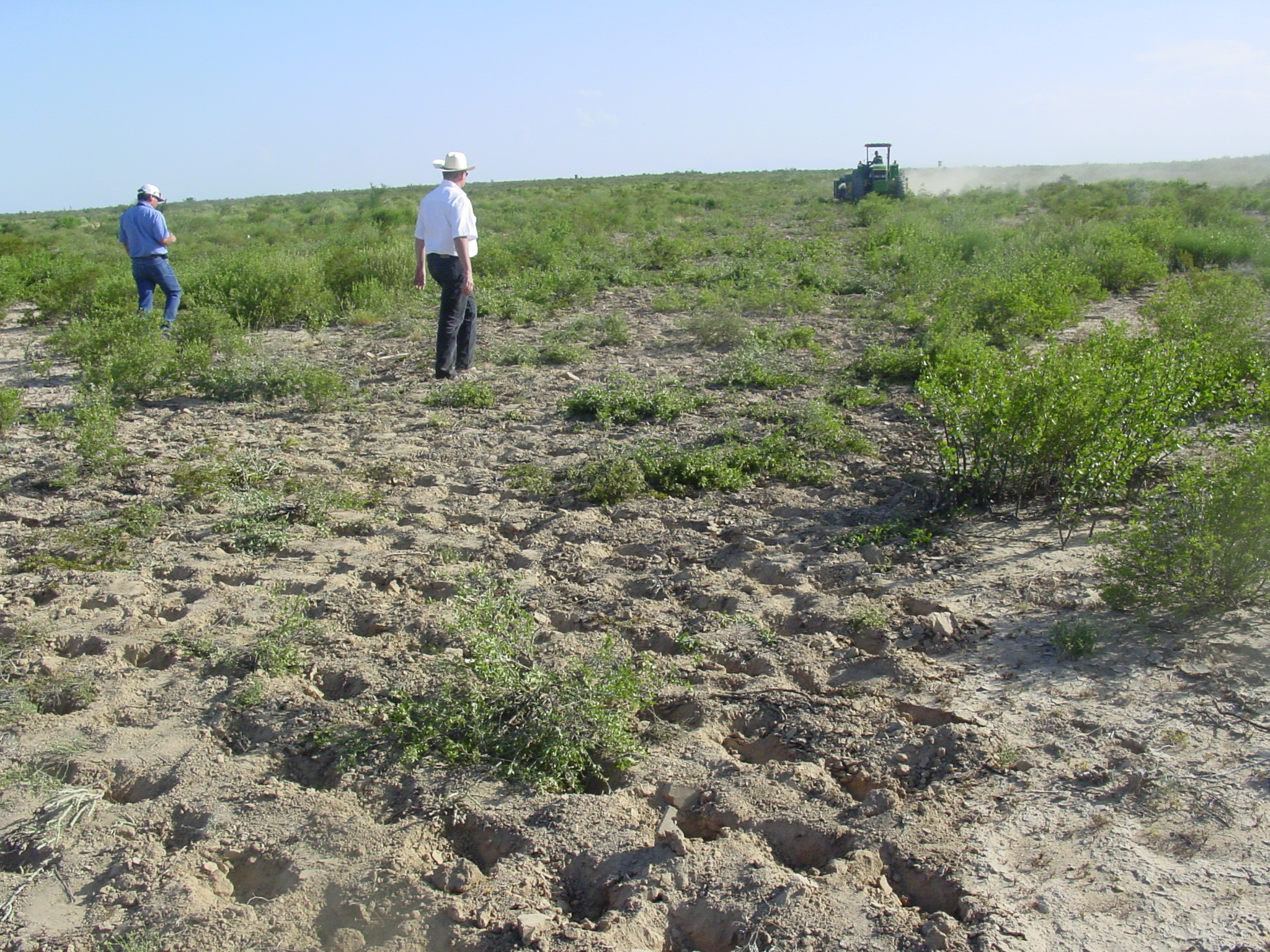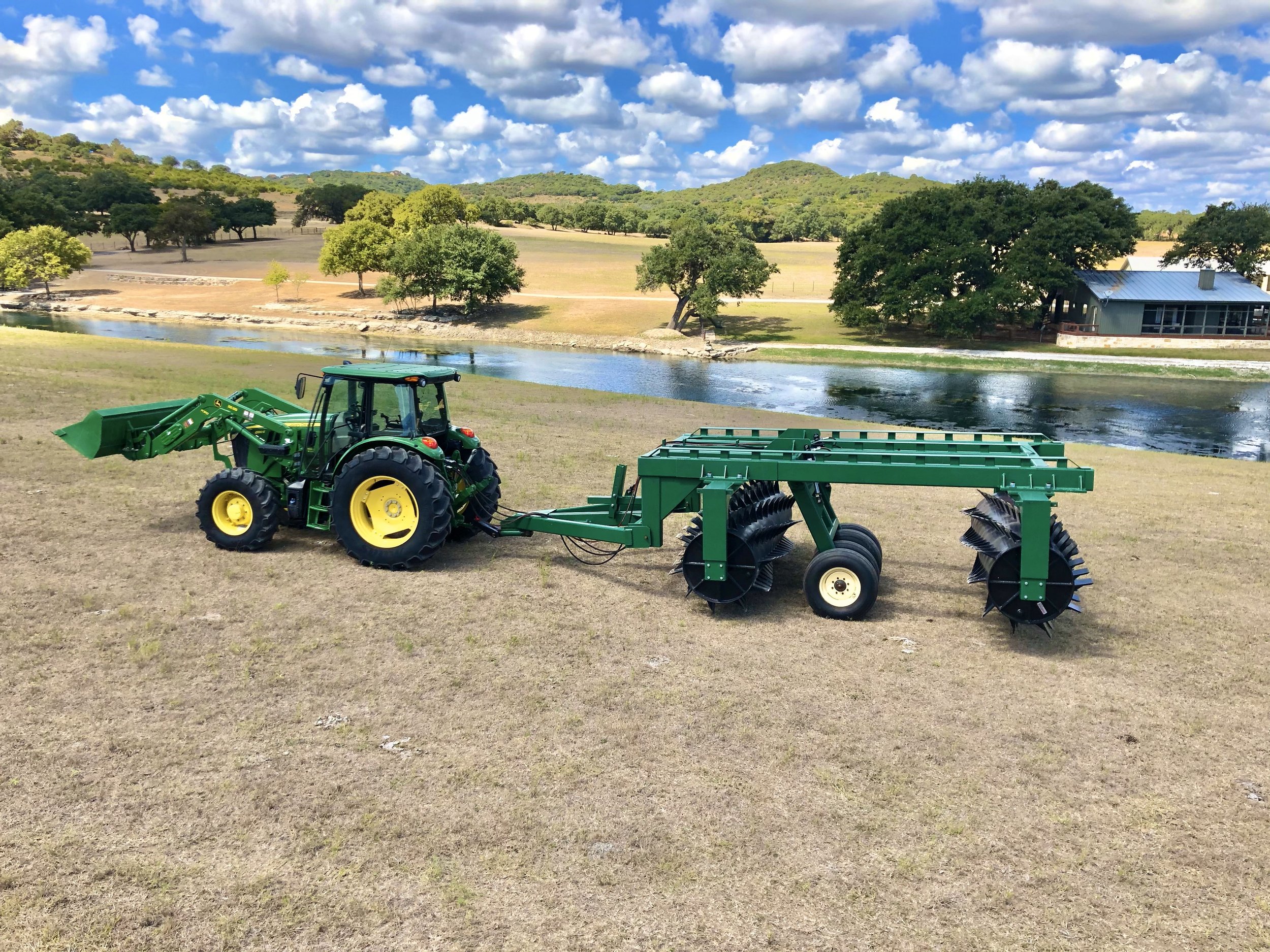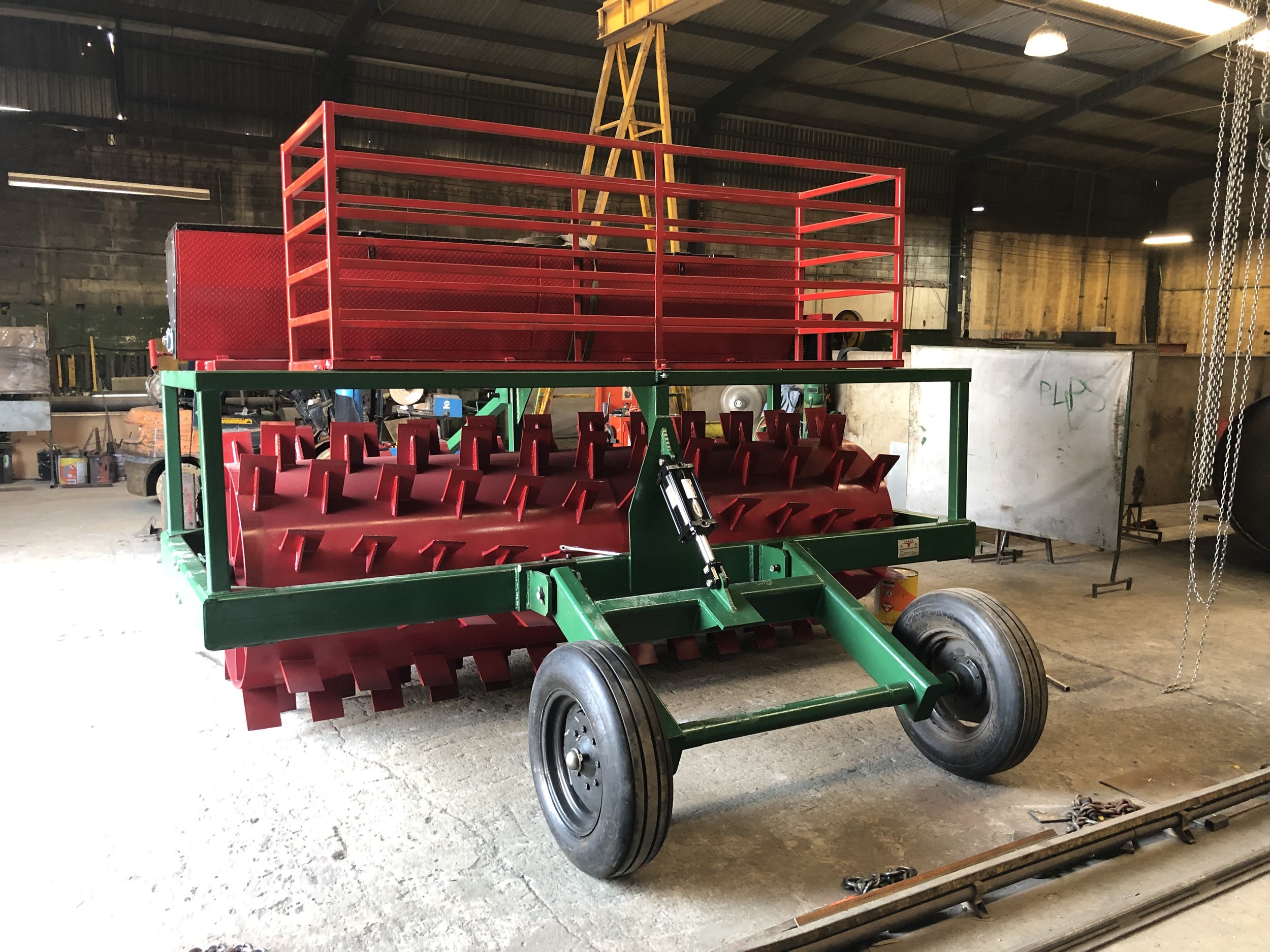What is land renovation and why do I need it?
The main purpose of land renovation is to ensure that your land will be as prosperous and healthy as possible. Several factors, including your livestock, equipment, and weather conditions, can hinder your ability to maintain a healthy soil bed. The nutrients in the soil bed sustains your land’s vegetation, bringing your land to life. So, it is vital to keep this soil healthy and protected from the depletion of these nutrients.
The land renovator is designed to aerate, de-compact, create seed beds and control brush and weeds. This allows the soil to have better air flow, a soft soil structure ideal for water retention and root development and provides the proper conditions for the seeds to germinate. The Roller Chopper unit helps to prevent the spread of invasive species by keeping your land clear of cover that would otherwise allow them to make a home.
Soil compaction results in the loss of crops, grazing grass, hay, or foliage. When soil becomes compacted it creates “dry pan,“ a hard rock-like layer under the top soil that inhibits water saturation and stops the roots from receiving nutrients, water and oxygen. Dry pan also creates a barrier that stops seeds from rooting down far enough to become an established root. This results in the plant not being able to grow at all or dying quickly. Roller Chopper helps crack the dry pan allowing water, organic matter, and air to penetrate deeper, creating more stable and healthy seed beds for your crops.
Non–compacted soil vs. compacted soil (dry pan)
Compacted soil restricts the growth of roots
What happens to land that is not renovated?
Loss of water retention (measurable): A land’s water retention is dependent on many factors such as the soil compaction, plant density, soil type, rain intensity and inclination[1] of the ground. These factors can cause a loss of 10-80% of the rain water that the land receives. This is not including water loss from non-forage plants, such as cacti, mesquite trees and black brush. For every inch of water lost by run off, a little over 66,000 gallons of water is lost for every two acres of land. A forage plant requires 95 gallons of water to produce 2 pounds of dry matter, causing a loss of 1,543 pounds of forage for every 2 acres of land.
Soil compaction (non-measurable): Compacted soil hinders the root development of plants by not allowing the seeds to germinate properly, drastically affecting the size of the plants. When the root cannot grow to the proper depth, the plant is not sturdy enough to grow to maturity and may not produce crops at all – leading to a less productive crop season.
Brush, shrubs or weeds take over (non-measurable): A high density of brush, shrubs and weeds can hinder the productivity of your ranch or farm. These plants consume water meant for forage plants and can drop shadows that hinder the growth of plants and crops. In the most extreme cases, this overgrowth of brush, shrubs and weeds can make it difficult to locate livestock.
Invasive species take over: If you have been in the business of ranching or farming long, you know how detrimental invasive species can be to your land and livestock. Wild animals, such as hogs, can take over your property and leave it completely destroyed by bedding down and creating homes in the overgrown brush or shrubs. Smaller animals can burrow down and leave big holes in your pasture creating a danger to your livestock.
Gallery
